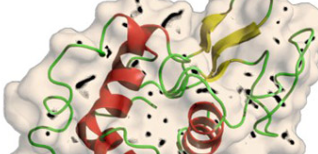Lysozyme in the treatment of non-infectious sore throat
DOI:
https://doi.org/10.17305/bjbms.2019.4619Keywords:
Lysozyme, non-infectious sore throat, anti-inflammatory, immunityAbstract
Sore throat is a common reason for seeking medical help [1]. It can have infectious and non-infectious etiology [2]. The term “sore throat” is usually associated with an infectious agent (bacteria, viruses, and less commonly fungi) [1,3,4]. The terms “throat discomfort“, “throat irritation“, or “functional dysphonia due to the occupational diseases“ (which represents voice disorder) are often used in the same sense as non-infectious sore throat [2,3]. It is identified by the exclusion of infectious etiology symptoms accompanied with persistent sore throat symptoms (tingling and scratching sensation in the throat, hoarseness or muffled voice, foreign body sensation in the throat, coughing, and difficulty in swallowing accompanied by pain) [2,5].
Read the full text [PDF]
Citations
Downloads

Downloads
Additional Files
Published
Issue
Section
Categories
License
Copyright (c) 2020 Una Glamočlija, Meliha Mehić , Aziz Šukalo , Amna Tanović Avdić , Jasna Džananović Jaganjac

This work is licensed under a Creative Commons Attribution 4.0 International License.









